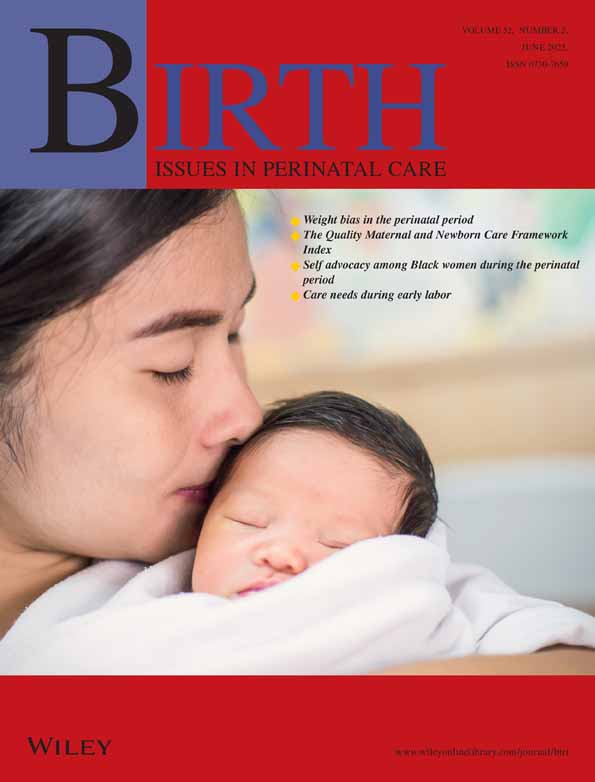Evaluation of One-to-One Midwifery: Women's Responses to Care
This research was funded by the King's Fund and by core grants to the Centre for Midwifery Practice from Johnson & Johnson Philanthropy Committee, Maidenhead, United Kingdom.
Abstract
Background:
One-to-one midwifery was a demonstration project introduced into a London-based maternity service in 1993 to put into practice the new government policy for maternity services in England. Evaluation was integral to the development of the project.
Methods:
The evaluation of women's responses was conducted between August 1994 and August 1995 based on a longitudinal, self-completion questionnaire, interviews, and focus groups. Women in the study group (n= 728) received the new service and women in the control group (n= 675) received conventional care. The study design integrated quantitative and qualitative methods and went beyond a simple estimation of satisfaction with care.
Results:
Satisfaction with antenatal and birth care was generally high, but study group women showed more positive responses overall. Both groups showed a preference for continuity of caregiver, but expectations were higher in the study group (72% of the study group and 42% of the control group preferred to see one caregiver). Both groups had less satisfied responses to hospital postnatal care (50% study and 54% control group were very satisfied). Study group women showed greater preparedness for birth than control group women (18% vs 12%“very well prepared”) and for the time after the baby's birth (26% vs 15%“very prepared”).
Conclusions:
The study demonstrated that women were more satisfied with the one-to-one model of care. Taken together with the results of clinical and economic audit and professional responses, the evaluation suggests that this model should be developed and evaluated further to gain a greater understanding of women's needs of the maternity service. (BIRTH 25:2 June 1998)




